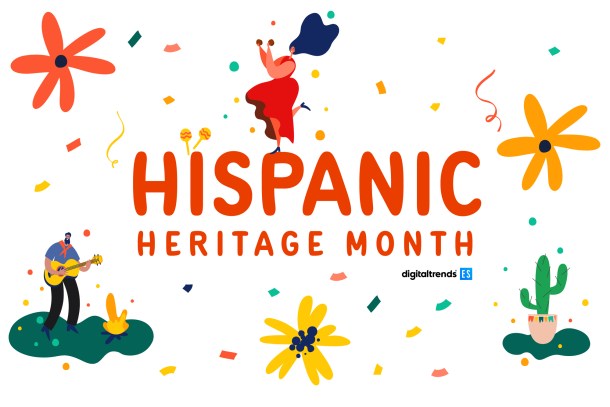
27 years old. That’s the average age of the Hispanic population living in the United States. We’re talking about ten years less than the average age of the general population. These numbers, seen in perspective, are not insignificant.
At the age of 27, many people are building a working future. Some have finished their university studies, and not a few are beginning some academic postgraduate studies, all with the aim of having a better future. Yes, at 27 we have all learned many things — yet we still have our whole lives ahead of us. Above all, we are young, strong, and determined. That, and no other, is the future of Hispanics in the United States.

In 1968, Congress authorized Democrat President Lyndon B. Johnson to proclaim National Hispanic Heritage Week, which began on September 15 — the date of the independence of Costa Rica, El Salvador, Guatemala, Honduras, and Nicaragua – and spanned September 16 and 18 – the dates when Mexico and Chile also celebrate their national holidays. The President’s proclamation urged the people of the United States to observe the week with appropriate ceremonies and activities. And to further encourage participation, President Gerald R. Ford issued a proclamation in 1974 urging schools and human rights organizations to actively participate in the week.

At the time of Johnson’s Proclamation in 1968, just over nine million Latinos were residing in the United States. Today, there are almost 60 million people who identify their roots with Cuba, Mexico, Puerto Rico, and Central and South America, as well as some other Hispanic-Latino culture, regardless of race.
This can only grow, especially if we consider the average age of American Hispanics. The Hispanic population still has a lot to give. And it has already given an enormous amount.

It is in the presence of ideas, vision, and effort that technology emerges. Technology is motivation and self-improvement. It is observance, practice, and knowledge. Technology is imagining something different from what you already have, and it is the ability to bring that imagination to life.
We celebrate all these years together: those that have passed and those that will come.
Editors' Recommendations
- Pride Month 2021: Here’s how video game studios are celebrating
- Apple is celebrating Black History Month across almost all of its services
- T-Mobile joins the Hispanic Heritage Month celebration
- Hispanic Heritage Month: Here’s how Comcast is celebrating
- Hispanic Heritage Month: HBO Max celebrates Latinos




